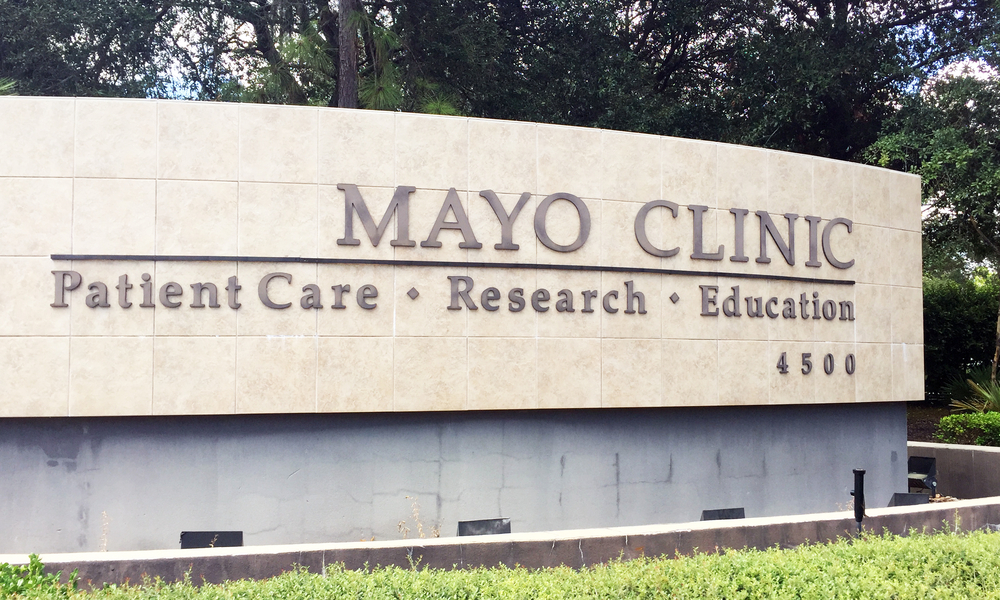Autoimmune Therapy, Azathioprine, Raises Risk of Bone Marrow Disease, Study Reports
Written by |

Treatment with azathioprine, a drug commonly used in autoimmune diseases like systemic lupus erythematosus (SLE), may considerably increase a person’s risk for serious bone marrow diseases known as myeloid neoplasms, according to a study from the Mayo Clinic.
Researchers reported that people using azathioprine could be at seven times higher risk of developing a myeloid neoplasm. Myeloid neoplasms include a range of potentially life-threatening disorders of the bone marrow, such as acute myeloid leukemia and myelodysplastic syndromes.
The study, “Association Of Therapy For Autoimmune Disease With Myelodysplastic Syndromes And Acute Myeloid Leukemia,” was published in the journal JAMA Oncology.
Researchers analyzed the medical records of 40, 011 patients with primary autoimmune disease, including lupus and rheumatoid arthritis, who had been treated at the Mayo Clinic for more than a decade. Among these patients, 86 had a developed myeloid neoplasm that was proven to be related to azathioprine therapy.
Analysis of the detailed medical data on each of these patients, including drug exposure, duration and disease characteristics, and a comparison with data on the autoimmune patients who did not develop bone marrow disorders, showed that only azathioprine use was significantly associated with an increased risk of myeloid neoplasm. No association was found with anti-tumor necrosis factor (anti-TNF) agents also used to treat autoimmune diseases.
“Similar associations were already documented in case reports and case series, but have never been evaluated in a broad spectrum of autoimmune diseases in that many patients and in context of individual medications,” Raoul Tibes, MD, PhD and study’s senior author, said in a news release. “Interestingly, there was no association with length of time on therapy and resulting myeloid neoplasm.”
“Rheumatoid arthritis (23 people, or 26.7% of patients), psoriasis (18 or 20.9%), and systemic lupus erythematosus (12 or 14.0%) were the most common autoimmune profiles” among azathioprine-treated patients with a myeloid neoplasm, the study reported. “Median time from onset of AID [autoimmune disease] to diagnosis of myeloid neoplasm was 8 (interquartile range, 4-15) years.”
Still, researchers noted that this finding should be carefully considered and not change or substitute medical judgments, or monitoring and current standard treatments for autoimmune patients.
“This study, along with our current knowledge of therapy-related myeloid neoplasm, suggests that individualized drug selection and monitoring during treatment could be possible,” Natalie Ertz-Archambault, MD and study’s authors, said.
“Future genomic profiling studies may help to identify patients at risk for myeloid neoplasms when exposed to azathioprine or other drugs,” Tibes added.
The study had limitations, the researchers said, including the fact that many distinct autoimmune diseases were analyzed and each disease may differently affect the results. Also, the number of autoimmune patients with myeloid neoplasms was small and no prediction for each patient could be drawn from the results.
Researchers now plan to investigate the genetic susceptibility for therapy-related myeloid neoplasm in autoimmune patients to further validate the association between myeloid neoplasms and azathioprine (brand names include Azasan and Imuran).




